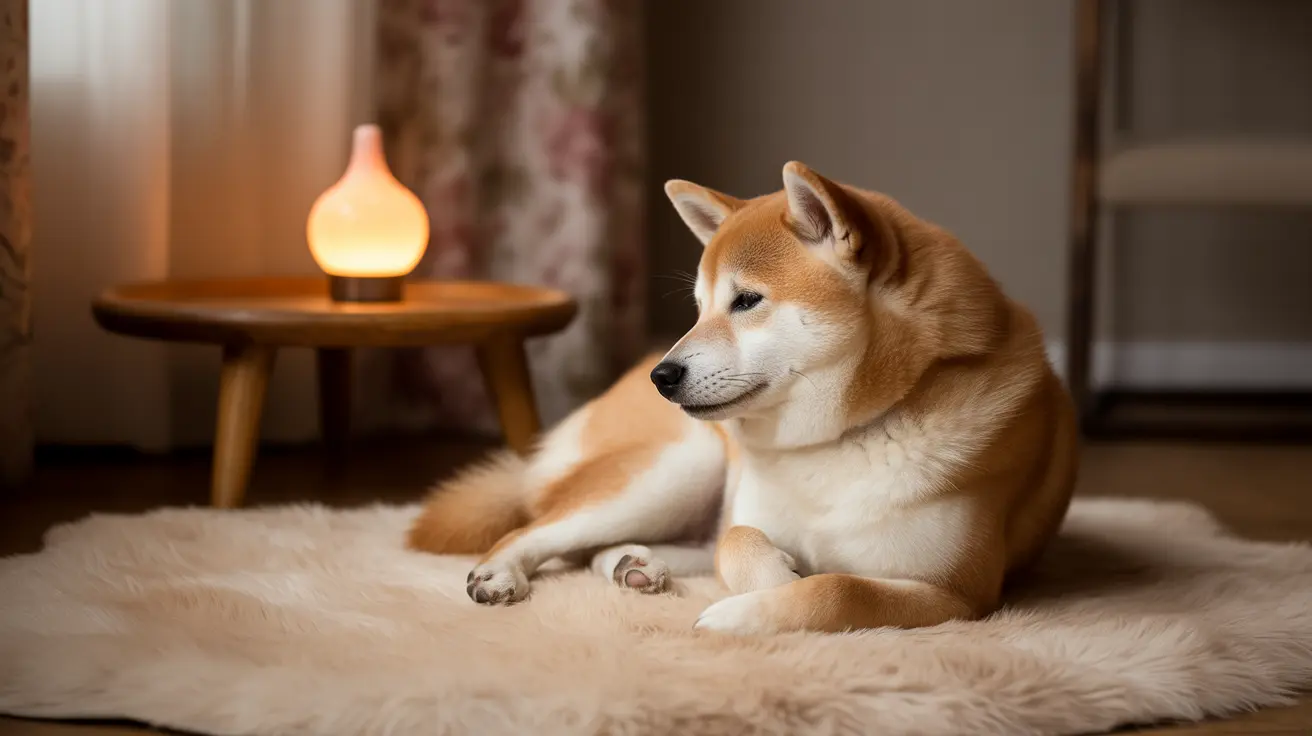Understanding Dogs and Darkness: The Natural Sleep Cycle
Dogs, like humans, have evolved with natural circadian rhythms that respond to light and dark cycles. Their ancestors relied on these natural patterns for hunting, rest, and survival. Modern dogs retain these biological rhythms, with darkness triggering the production of melatonin, the hormone essential for quality sleep.
Research shows that most healthy adult dogs actually prefer and benefit from sleeping in darkness, as it promotes deeper, more restorative rest.
When Leaving a Light On Makes Sense
For Anxious or Fearful Dogs
Some dogs may benefit from minimal lighting, particularly those who experience:
- Separation anxiety
- Fear of new environments
- Recovery from trauma
- General nighttime nervousness
For Senior Dogs or Those with Vision Issues
Older dogs or those with vision problems might need some light to:
- Navigate safely around furniture
- Find their water bowl
- Avoid accidents or injuries
- Maintain confidence in their environment
The Impact of Artificial Light on Your Dog's Health
Constant exposure to artificial light during nighttime hours can:
- Disrupt natural sleep cycles
- Decrease melatonin production
- Lead to increased anxiety and restlessness
- Affect overall health and immune function
Best Practices for Nighttime Lighting
Choosing the Right Light Solution
If you determine your dog needs some light at night, consider:
- Using a dim night light instead of overhead lighting
- Selecting warm-colored bulbs over bright white or blue lights
- Placing lights in hallways rather than sleeping areas
- Using motion-activated lights for occasional navigation
Creating a Sleep-Friendly Environment
To promote healthy sleep patterns:
- Maintain consistent bedtime routines
- Gradually reduce lighting in the evening
- Ensure adequate exercise during daylight hours
- Create a comfortable, quiet sleeping space
Frequently Asked Questions
Should I leave a light on at night to help my dog feel safe?
Most healthy adult dogs don't require light at night. However, if your dog shows signs of anxiety or distress in complete darkness, a dim night light can provide comfort without disrupting their sleep cycle.
What kind of night light is best for dogs to avoid disrupting their sleep?
Choose a warm-colored, low-wattage night light. Avoid bright LED lights or those with blue tones, as these can interfere with natural melatonin production.
Can leaving the light on harm my dog's sleep or health?
Yes, constant exposure to artificial light at night can disrupt your dog's natural sleep cycle, potentially leading to sleep problems, behavioral issues, and long-term health effects.
Do puppies or senior dogs benefit from having a light on at night?
Puppies adjusting to a new home and senior dogs with vision or cognitive issues may benefit from minimal lighting. However, the light should be dim and warm-toned to minimize sleep disruption.
How can I balance my dog's need for darkness with their anxiety or vision issues?
Use the minimum amount of light necessary for comfort and safety. Consider motion-activated lights or gradually reducing light exposure as your dog becomes more comfortable in their environment.
Conclusion
While most dogs don't need artificial light at night, some may benefit from minimal lighting due to age, health conditions, or anxiety. The key is finding the right balance between providing comfort and maintaining healthy sleep patterns. Observe your dog's behavior and consult with your veterinarian if you're unsure about the best approach for your pet's specific needs.






